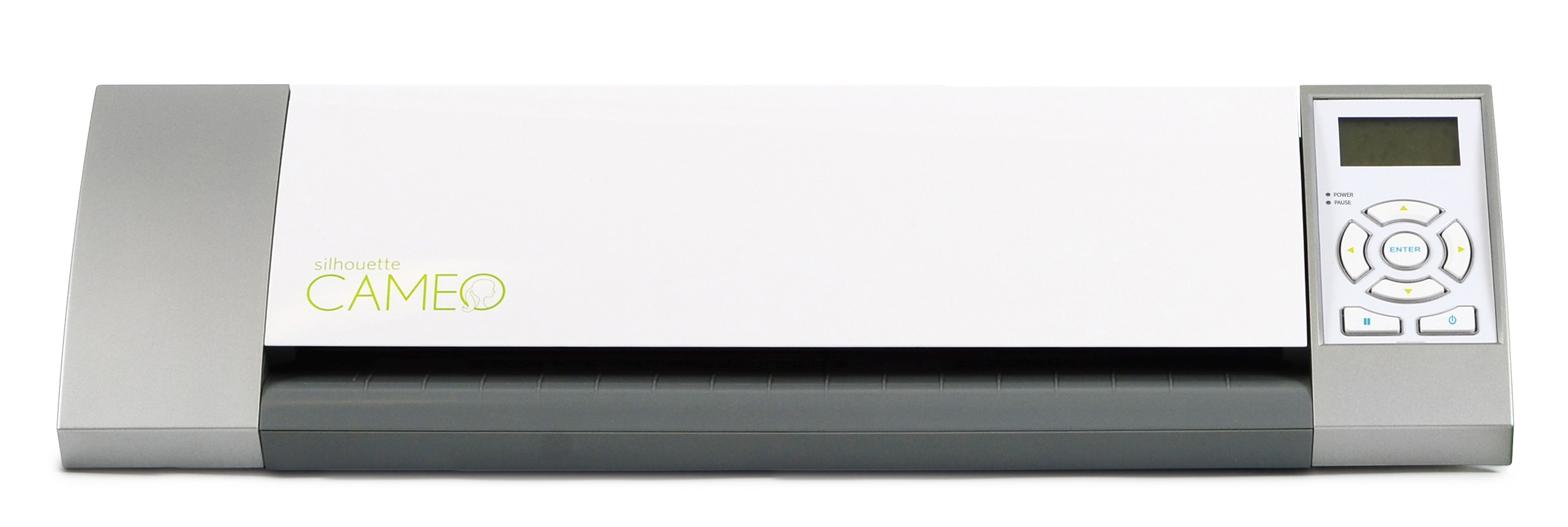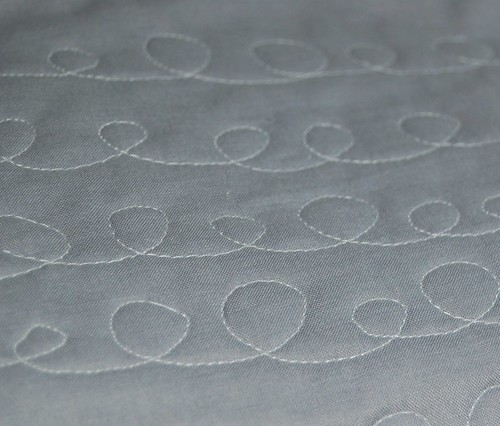Understanding Quilting Rulers for Precision in Your Sewing Projects
The choice of cutting tools can significantly influence the precision and outcome of any fabric endeavor. Opt for clear, acrylic tools featuring accurate measurement markings to elevate your fabric manipulation. These transparent instruments allow visibility of the material underneath, ensuring lines align perfectly during cutting.
Prioritize adjustable and grid-patterned features. Such designs facilitate accurate measurements while accommodating fabric widths, enabling refined cuts according to your intended dimensions. Many cutting tools also offer dual measurements in both inches and centimeters, providing flexibility for various patterns and projects.
Always consider the weight and grip of these devices. Hefty tools may provide stability but can also become cumbersome. Select those designed with ergonomic handles that reduce hand fatigue, allowing for prolonged use without discomfort. Regular maintenance of the cutting edge–keeping it sharp and clean–enhances the overall cutting experience, ensuring smooth and precise outcomes.
Experimenting with different forms and sizes can also yield advantageous results. Specialty shapes, like circles or triangles, can offer unique design elements, while larger, straight-edge options are ideal for long cuts. Familiarizing yourself with various types can expand your crafting skills and introduce innovative techniques into your repertoire.
Choosing the Right Type of Quilting Ruler for Your Needs
Select a transparent acrylic tool for precision cutting and visibility of fabric markings. Ideal for straight edges, a standard 6×24-inch option works well for most tasks. For curves and intricate shapes, consider a circular or angled template; these provide flexibility for creative designs.
If you’re working with blocks, a square or rectangle version, like a 12.5-inch square, helps ensure corners align perfectly. Specialty options like half-square triangle or quarter-square tools enable quick and accurate formation of these shapes, streamlining the construction process.
For marking, a tool with grid lines and angles assists in easy alignment and measurement. Look for non-slip backing to maintain stability during use. Finally, choose a model with clear markings in both imperial and metric units for versatility in project requirements.
How to Read Measurements on Quilting Rulers Accurately
Ensure your eye aligns with the measurement line at a right angle to avoid parallax errors. Stand directly above the ruler for best results.
Familiarize with Common Units
Most measuring devices will feature inches and centimeters. Recognize which unit your project requires, as mixing them can lead to miscalculations.
Identify the Markings
Each ruler typically shows whole numbers, half inches, quarters, and eights. Familiarize yourself with these increments. Counting the smaller markings can help achieve precise cuts.
Both sides of the tool may offer different measurements; ensure you check which side you are using. Secure fabric under the straight edge to ensure stability during cutting.
Tips for Using Quilting Rulers with Different Fabrics
Choose the right type of ruler for the fabric’s thickness to ensure accurate cuts. For heavier materials like denim or canvas, opt for thicker, sturdier rulers that prevent slipping. Lighter fabrics, such as cotton or silks, pair well with thin acrylic rulers that allow for easier visibility of cutting lines.
Adjusting for Fabric Stretch
When working with stretch fabrics, use a rotary cutter and a flexible ruler. This helps maintain accuracy as you cut, avoiding distortion. Ensure proper tension while cutting to minimize stretching and misshapen pieces.
Texture Considerations
With textured or patterned textiles, prioritize rulers with non-slip backing to keep them in place during cutting. Avoid glossy rulers which may slide on textured surfaces. Additionally, lightly pressing the fabric before cutting can help achieve cleaner edges.
| Fabric Type | Recommended Ruler Type | Key Adjustments |
|---|---|---|
| Denim/Corduroy | Thick acrylic or metal | Ensure strong grip and use a sharp rotary cutter |
| Cotton/Silk | Thin acrylic | Use light pressure and maintain visibility of lines |
| Stretch Fabric | Flexible ruler | Maintain proper tension while cutting |
| Textured Fabric | Non-slip backed ruler | Press fabric lightly before cutting |
Maintaining Your Quilting Rulers for Longevity
Regular cleaning with mild soap and a soft cloth prevents scratches and residue buildup. Avoid harsh chemicals or abrasive materials.
Storage Tips
- Store flat to prevent warping.
- Keep away from direct sunlight to avoid discoloration.
- Use a dedicated organizer to avoid scratches from other tools.
Inspection and Care
Frequently check for signs of wear. If edges become dull or cracked, replace them to maintain accuracy.
Use masking tape along the edges to protect from cuts and nicks during projects. This simple technique prolongs functionality.
Periodically re-evaluate your tools. Investing in quality items initially can save money in the long run by reducing replacements.
Common Mistakes to Avoid When Using Quilting Rulers
Ensure the surface beneath is clean and flat. Debris or uneven areas can lead to inaccuracies in measurements.
Improper Measurements
- Verify the starting point before cutting to prevent misalignment.
- Double-check measurements by using different marks on the measuring tool.
- Adopt a consistent method for marking fabric to reduce errors.
Neglecting Material Grip
- Use a non-slip backing or spray to keep the measuring device in place.
- Avoid using too much pressure; it may cause fabrics to shift.
- Consider using weights or clips to secure the material while measuring.
Always store tools upright or flat to maintain accuracy and prolong their lifespan. Regularly assess the alignment of the grid marks; damaged or faded indicators can lead to significant mistakes.
Familiarize yourself with the unique properties of various materials to choose the right blade and technique for cutting, ensuring a smoother process and cleaner edges.
Finally, practice consistently on scrap fabric before working on your primary piece to build confidence and skill with the measuring tool.
Innovative Techniques for Creative Quilting with Rulers
Utilize specialty templates to achieve intricate designs. These templates can facilitate precise shapes, enhancing the visual impact of your fabric art. Consider experimenting with curved or angled templates to create dynamic layouts that break traditional patterns.
Layering for Depth
Incorporate multiple layers of fabric during cutting sessions. By stacking different textiles, you can cut several pieces simultaneously, ensuring consistency in size and shape. This approach saves time and enhances the overall cohesiveness of your creative assembly.
Creating Geometric Patterns
Employ grid markers on your cutting instruments to simplify the process of producing geometric shapes. Align fabrics according to these grids for perfectly proportioned angles and lines. This technique is crucial for maintaining symmetry in designs, particularly in modern quilt styles.
Experiment with non-slip materials on the underside of your cutting tools. This will provide better traction against slippery fabrics, resulting in cleaner cuts and reduced fabric shifting during the aligning phase.
Integrate contrasting colors and patterns from your selection to highlight specific sections of your craft. Utilize your measuring instruments to ensure accurate spacing and alignment, adding visual interest to your work.
Finally, practice free-motion techniques alongside your cutting tools to merge traditional methods with modern craft. This hybrid approach allows for personalized designs while retaining structural integrity.
Q&A: Quilting rulers
How do quilting templates and machine quilting rulers help quilters achieve precision in quilt designs and borders?
Quilting template sets and machine quilting rulers allow quilters to follow exact curves, lines, and motifs when creating quilt designs, especially in borders or detailed areas. Whether using a ruler foot for free motion or a sewing machine with a straight stitch, these quilting tools improve control and consistency—ideal for both domestic and long arm quilting.
Why are acrylic quilting rulers and a non-slip ruler considered essential quilting tools for accurate patchwork?
Acrylic quilting rulers, especially a non-slip ruler like those from Creative Grid or Omnigrid, are must-have tools for accurate cutting fabric on a cutting mat. They help quilters maintain straight edges, precise measurements, and clean cuts—especially when creating quilt blocks, half square triangles, or strips for patchwork layouts.
How can beginner quilters use rulers and templates effectively when learning rotary cutting and seam alignment?
For a beginner, using rulers and templates simplifies rotary cutting and helps build confidence in achieving consistent seam allowances. A square ruler and quilting template are particularly useful when trimming blocks and aligning pieces during quilting and sewing, ensuring accuracy and minimizing errors in early projects.
What is the difference between quilting stencils and acrylic quilting rulers on the market for longarm or domestic use?
Quilting stencils provide reusable designs to trace for hand or machine quilting, while acrylic quilting rulers on the market are made for use with a ruler foot in longarm or domestic machines. Stencils are great for transferring shapes before stitching, whereas rulers offer real-time guidance during quilting, especially for borders, straight lines, or 60 degree angles.


